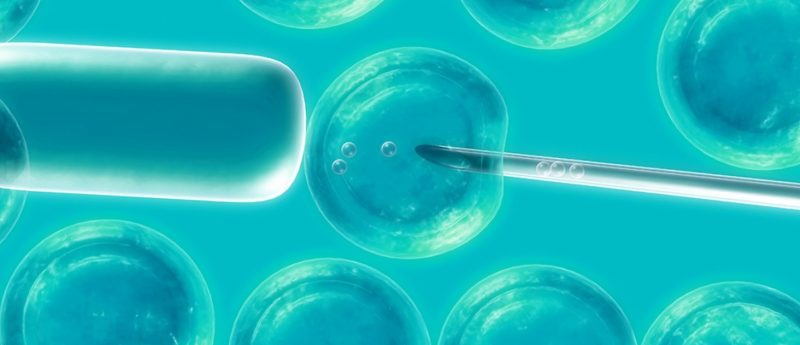New stem cell line to advance clinical research

Researchers from Lonza (Walkersville, MD, USA), supported by the NIH, have developed a clinical-grade iPSC line for research and human application for diseases such as Alheimer’s, Parkinson’s, diabetes and spinal cord injury.
Researchers at Lonza (Walkersville, MD, USA) have developed a new clinical-grade stem cell line. The new line of induced pluripotent stem cells (iPSCs) was developed from isolated human umbilical cord blood cells. Supported by the NIH, the researchers anticipate that the cells will be used for medical applications and cell-based therapies for diseases including Alzheimer’s, Parkinson’s, diabetes and spinal cord injury.
The clinical-grade iPSCs are different from laboratory-grade cells — the type that is used in most laboratory research — as they can be used in clinical applications in humans. The cells were developed under FDA-enforced current good manufacturing practices (cGMPs), ensuring that the cells meet quality and safety requirements for clinical use.
The manufacturing of the cells was supported by the NIH Common Fund. “The Common Fund aims to accelerate research progress by developing new tools and resources for the biomedical research community through strategic investments in high-impact research,” commented James Anderson, NIH. “Since meeting cGMP guidelines is very time-intensive and costly, providing access to clinical-grade stem cells removes a significant barrier in the development of cell-based therapies.”
Researchers have previously used stem cell therapy in mice to reverse diabetic conditions and partially restore limb function following spinal cord injury. It is hoped that the new clinical-grade iPSC line will lead to the translation of these studies into human treatments.
The clinical-grade iPSCs, as well as research-grade cells from the same line, are available for order from the National Institute of Neurological Disorders and Stroke Human Cell and Data Repository. Michael Sheldon, RUCDR Stem Cell Center (NJ, USA) added: “Given the therapeutic potential of the cGMP clinical-grade stem cells we anticipate a strong demand from both the academic and corporate sectors.”
Sources: Baghaderani BA, Syama A, Sivapatham R et al. Detailed characterization of human induced pluripotent stem cells manufactured for therapeutic applications. Stem Cell Rev. 12(4), 394—420 (2016). www.nih.gov/news-events/manufactured-stem-cells-advance-clinical-research?utm_source=twitterfeed&utm_medium=twitter